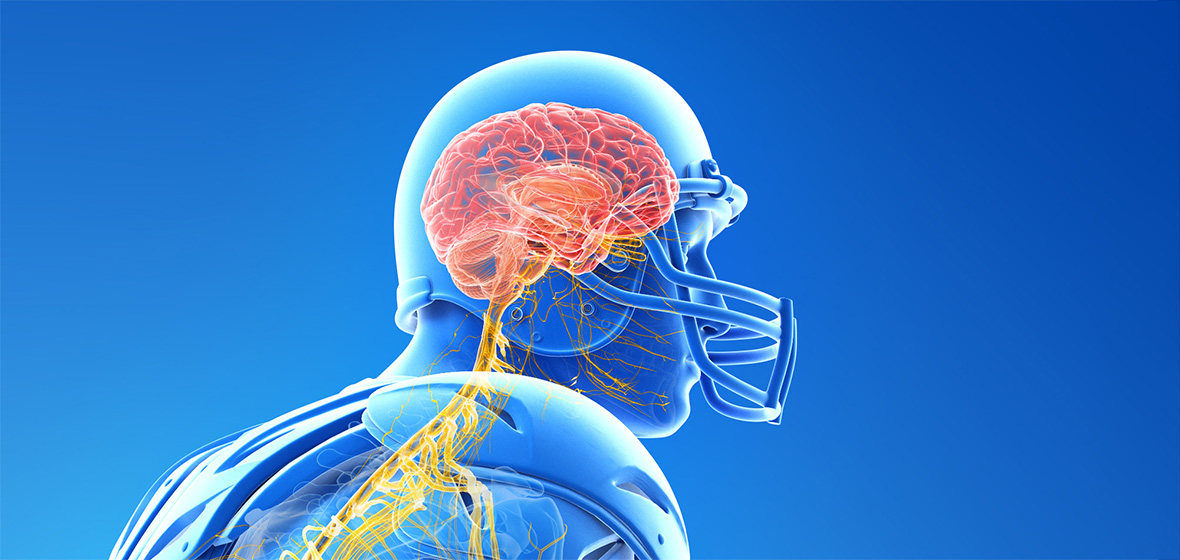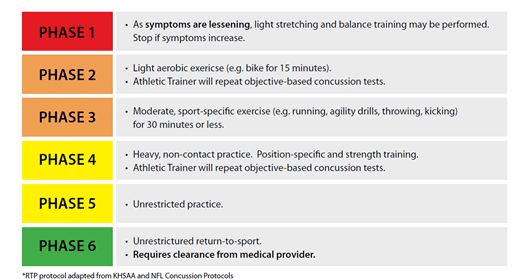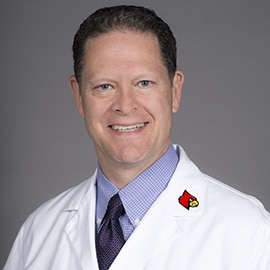
Concussions are a form of traumatic brain injury (TBI) that are caused by an individual receiving a blow to head, or the body being struck so hard that the head makes quick back-and-forth movements.
When the brain is moved around rapidly, the fast movement can cause the chemicals in the brain to move around and cause changes in the chemical balance. The rapid movement can also cause the brain to stretch or even damage brain cells.
The Centers for Disease Control and Prevention (CDC) reported that, amongst high school students, 94 percent described having a headache as the most common symptom of a concussion with dizziness being second and trouble concentrating being third. The lingering symptoms of a concussion – poor concentration, headache, dizziness, irritability – can often be managed with the right therapy or medications.
On average concussion symptoms dissipate over one to two weeks. We know that high school and college athletes take longer to recover from concussion than adult athletes. This is further complicated by their need to return to academic work in the classroom.
It is important to know that if concussion symptoms are not improving within two weeks then you should seek out the care of a physician specializing in concussion care, like a physiatrist (rehab specialist) or sports neurologist.
It was once thought that rest was the most important thing to do after a concussion, but now we know that after the first week slow gradual return to normal activity is recommended. Brains need exercise to recover as much as our bodies do.
What can happen if an athlete returns to competition too soon?
Returning to competition too soon could put you at risk for a second concussion. A repeat concussion that occurs before your brain has recovered from the first one is called Second Impact Syndrome.
Second impact syndrome can:
- Make your symptoms last longer than they would have if you rested and fully recovered
- Slow your overall recovery
- Increase the chances of long-lasting or permanent problems
Long-lasting problems may include difficulties with memory and concentration, headaches, and some physical skills like maintaining your balance.
Return-To-Play Protocol
After a concussion, an athlete should only return to sports practices and activities with the approval and supervision of a health care provider. Return-to-play protocols are a set of procedures and steps for safely returning an athlete to play following a head injury.
Athletes will be guided through the protocol by their physician, and when available, a certified athletic trainer. For student-athletes, considering how the student is performing within the classroom is also necessary.

What can I do to help prevent a concussion?
There are many ways to help reduce the risk of a concussion.
- Wear a properly fitted helmet. Athletes should have properly fitted equipment in good condition to reduce the risk of serious brain injury or skull fracture. Of note, there is no such thing as a “concussion-proof” helmet.
- Wear a mouthguard. Recent studies have shown that wearing a mouthguard lowers the rate of sustaining a concussion. There are a number of theories suggesting why mouthguards may be beneficial. Some suggest a mouthguard may help absorb a blow from under the chin and biting down on a mouthguard may activate neck muscles reducing head acceleration. Other studies from the dental profession show that wearing a mouthguard offsets the jaw bones and in return may reduce the forces transmitted to the brain.
- Strengthen neck muscles. This is particularly important for athletes, as a stronger neck may be able to absorb some of the shocks of the blow to the head.
- Improve your reaction time and vision. Research suggests the faster an athlete can react to different forces and stimuli, the more they are able to prevent themselves from having a severe head impact.
- Promote a culture of safety. Educate parents and athletes on the risk of concussion, protocols, and the importance of reporting symptoms.
If you or someone you know believes they have a concussion or is experiencing symptoms of a concussion, seek provider care immediately. UofL Health’s seven emergency departments are ready to treat you with the most quality, innovative and timely care.









